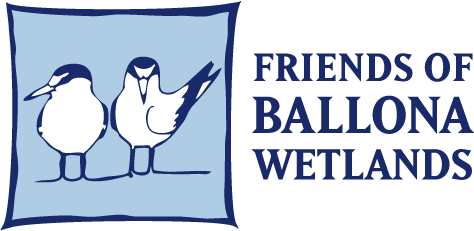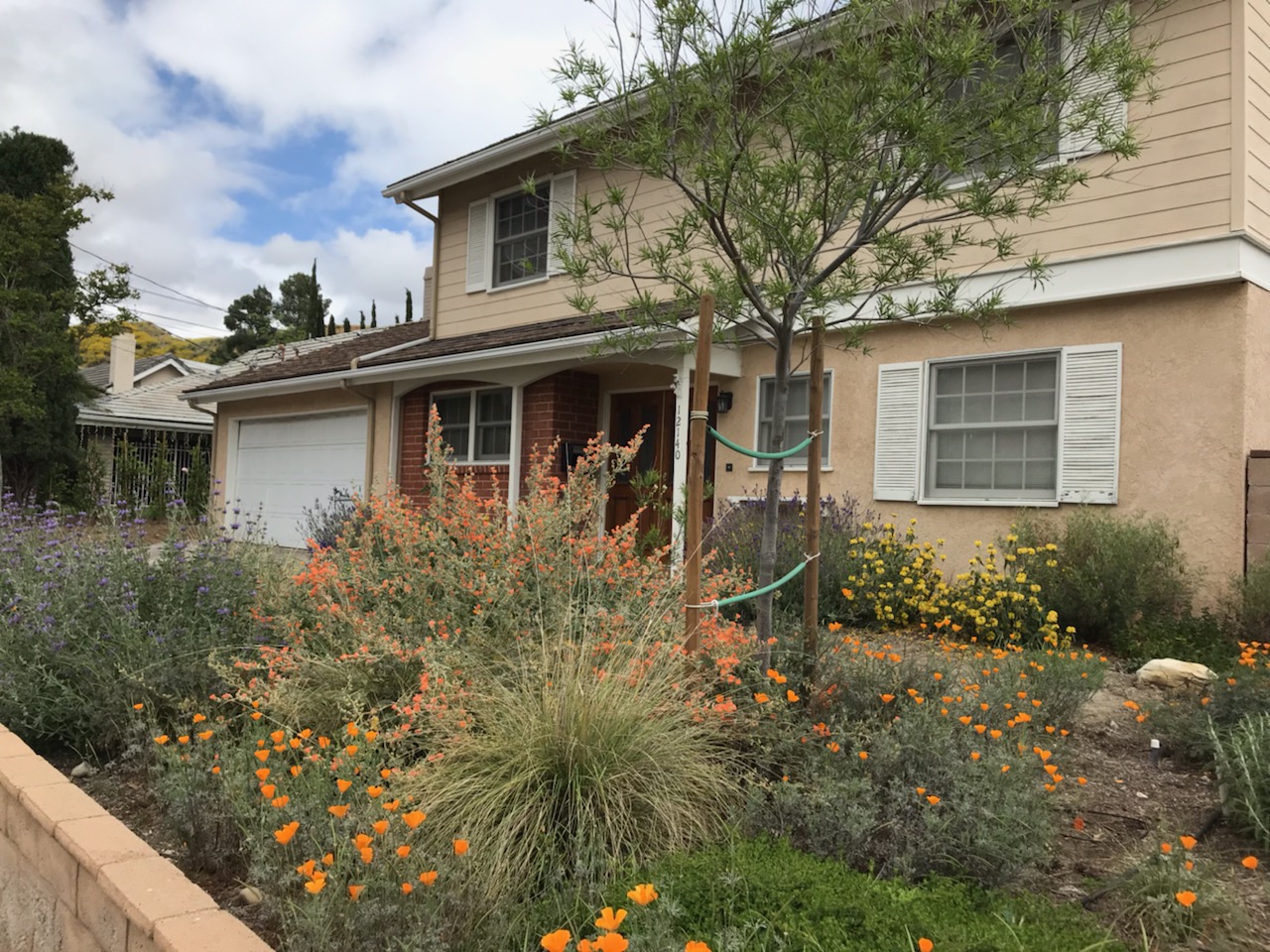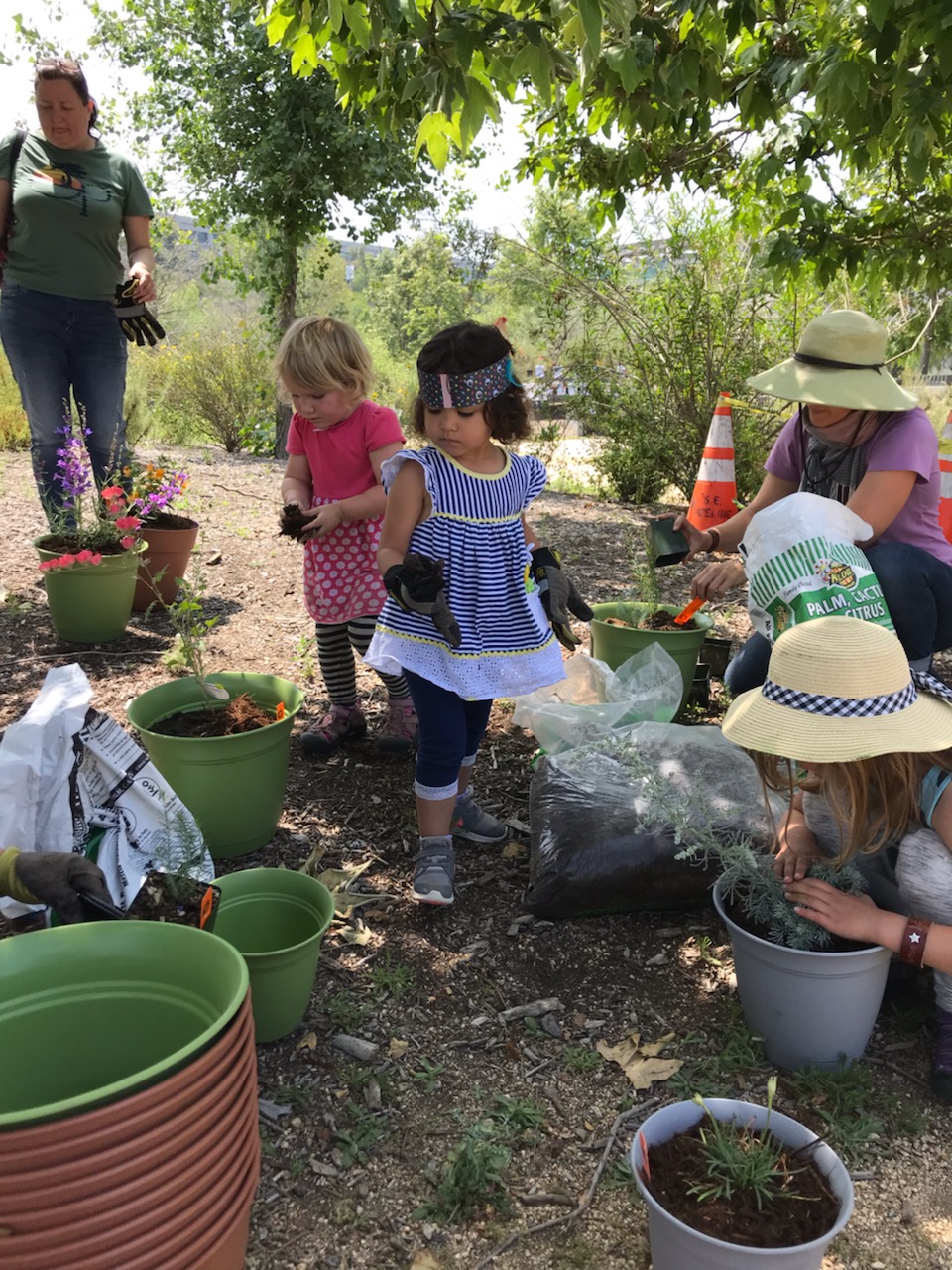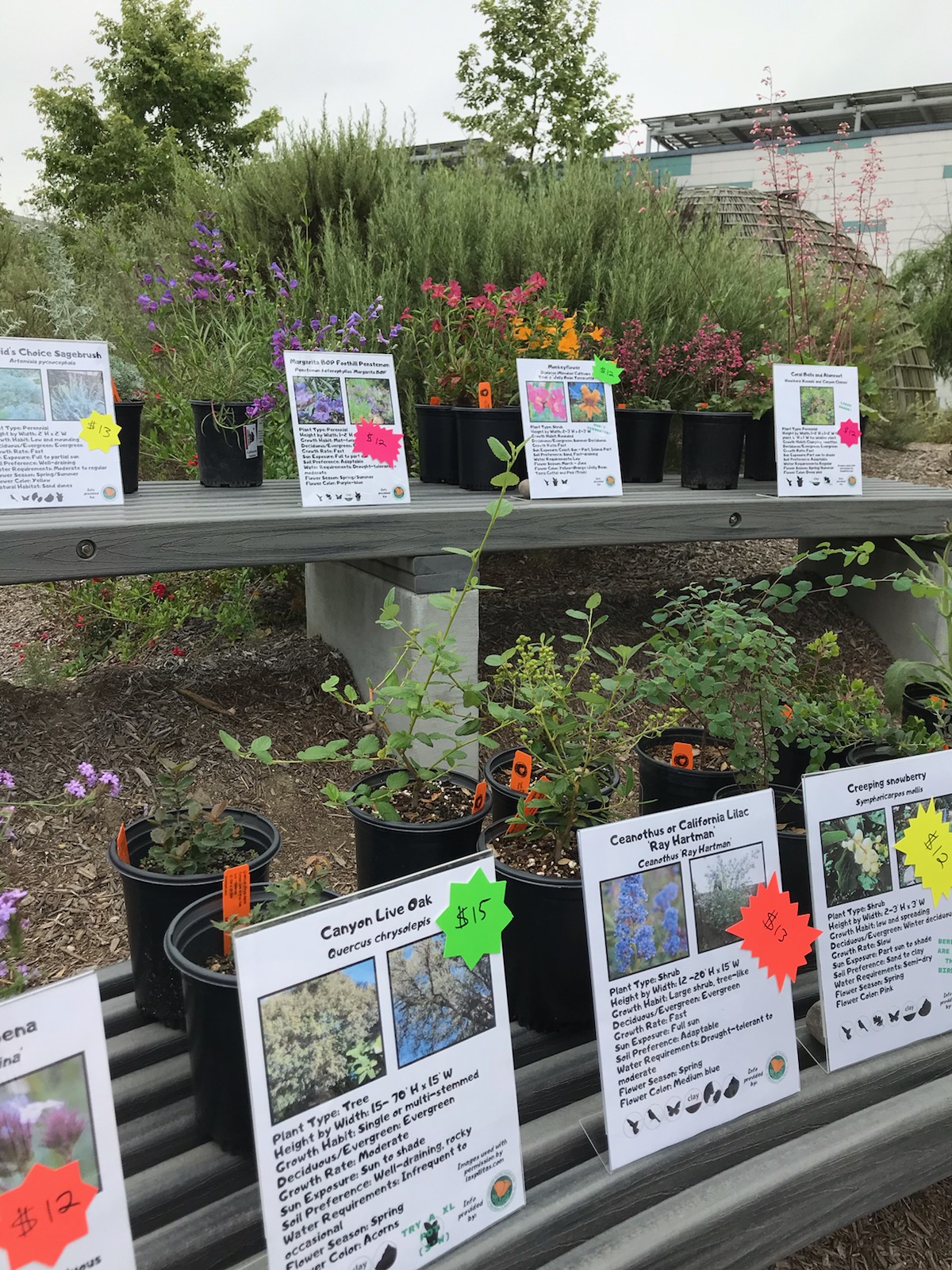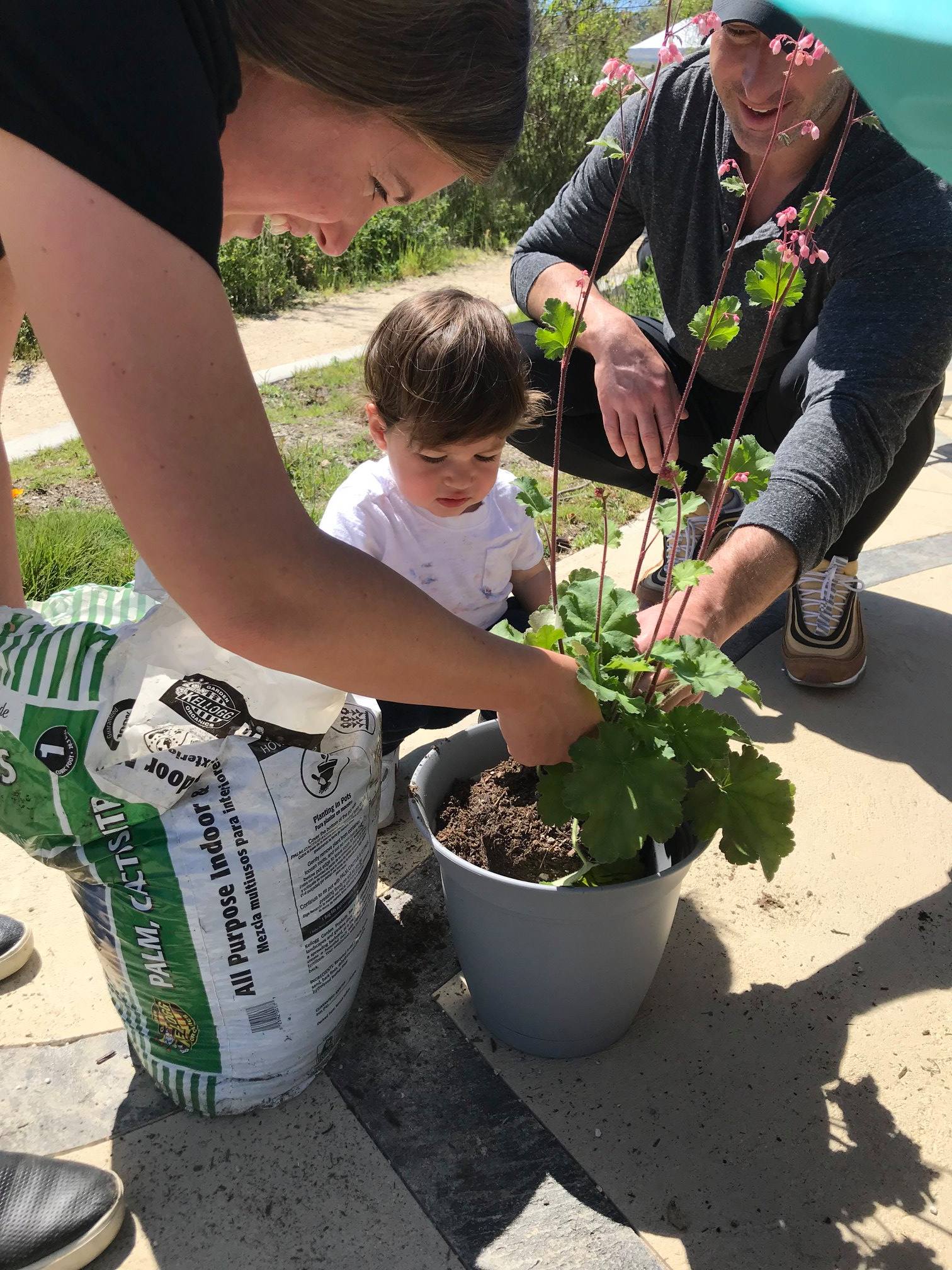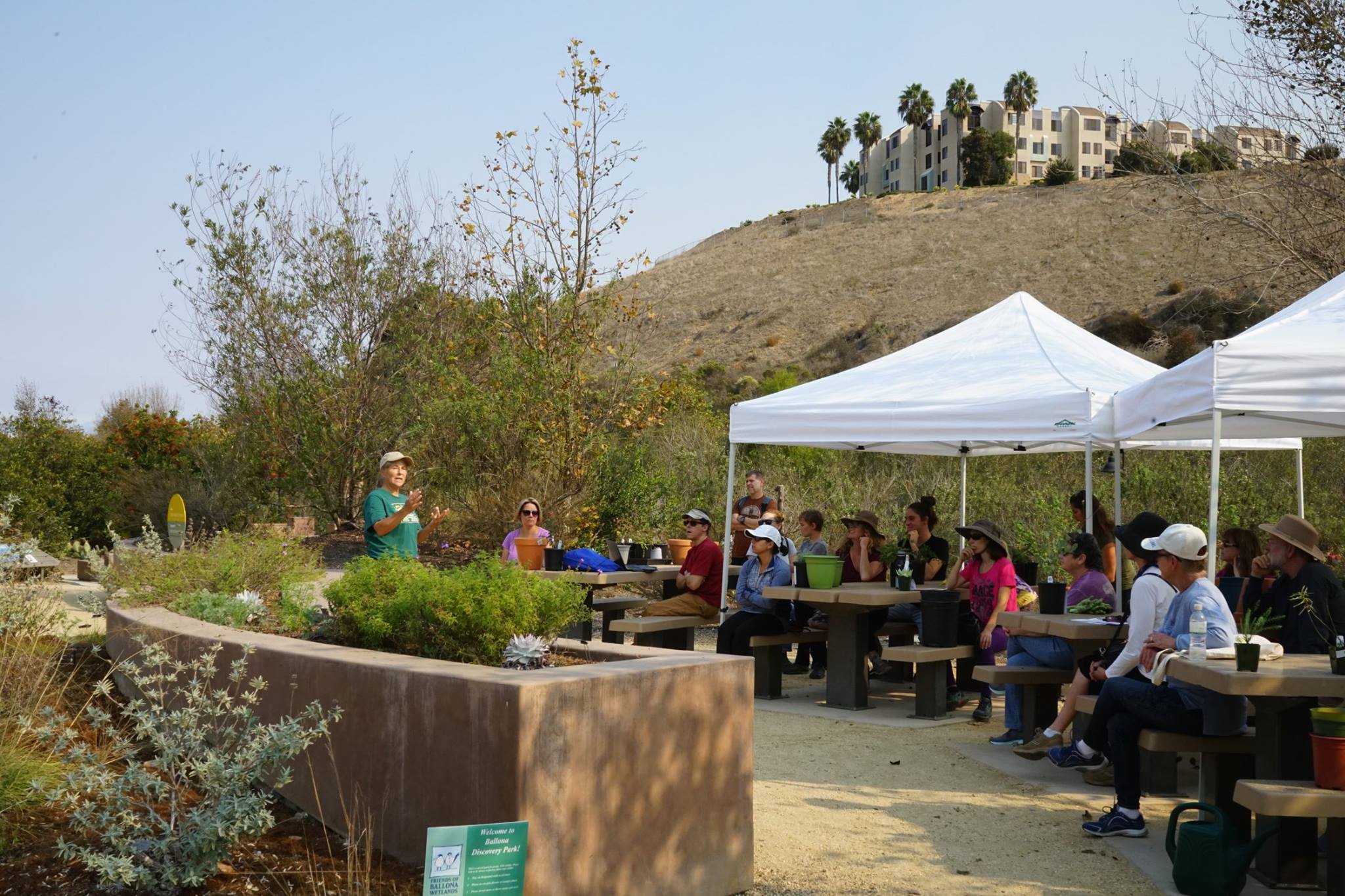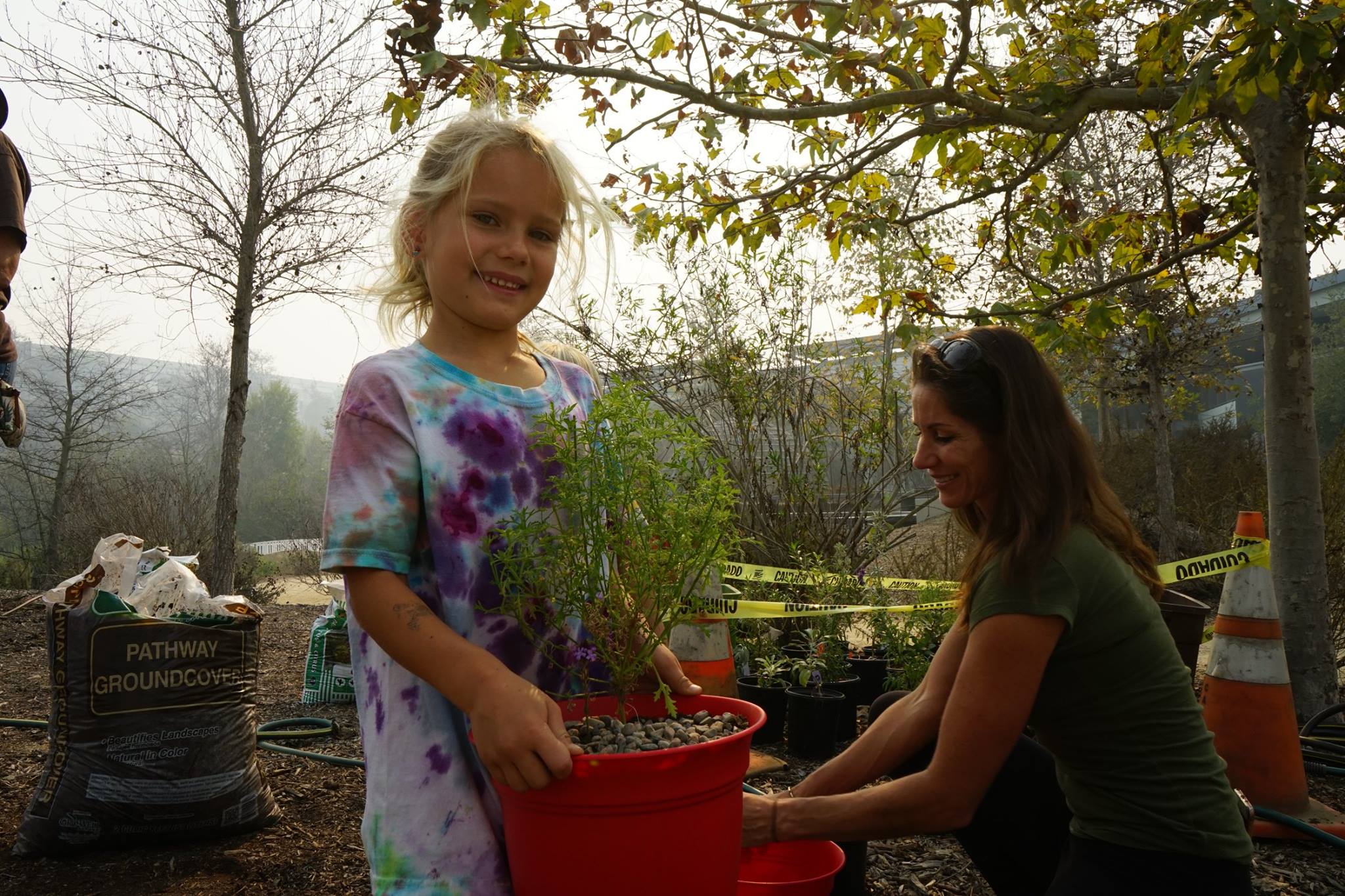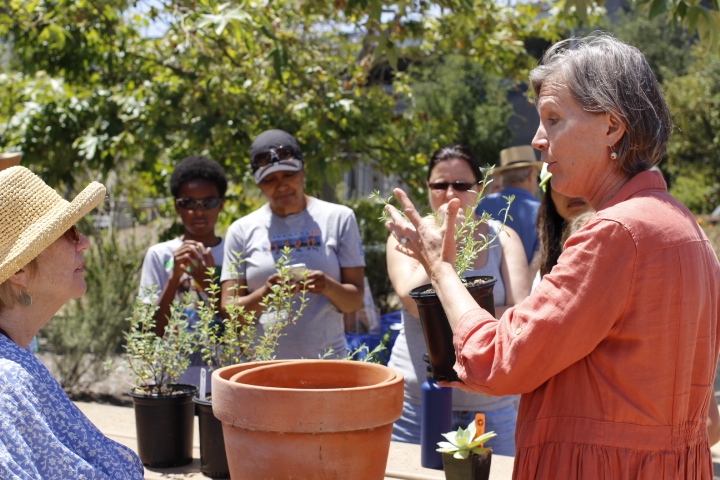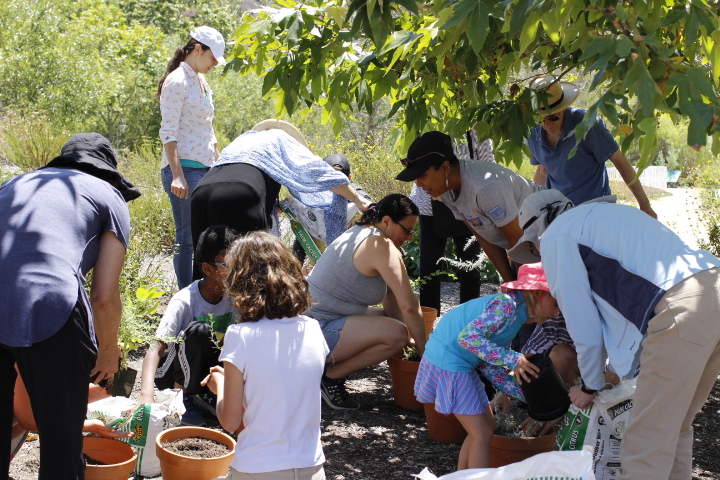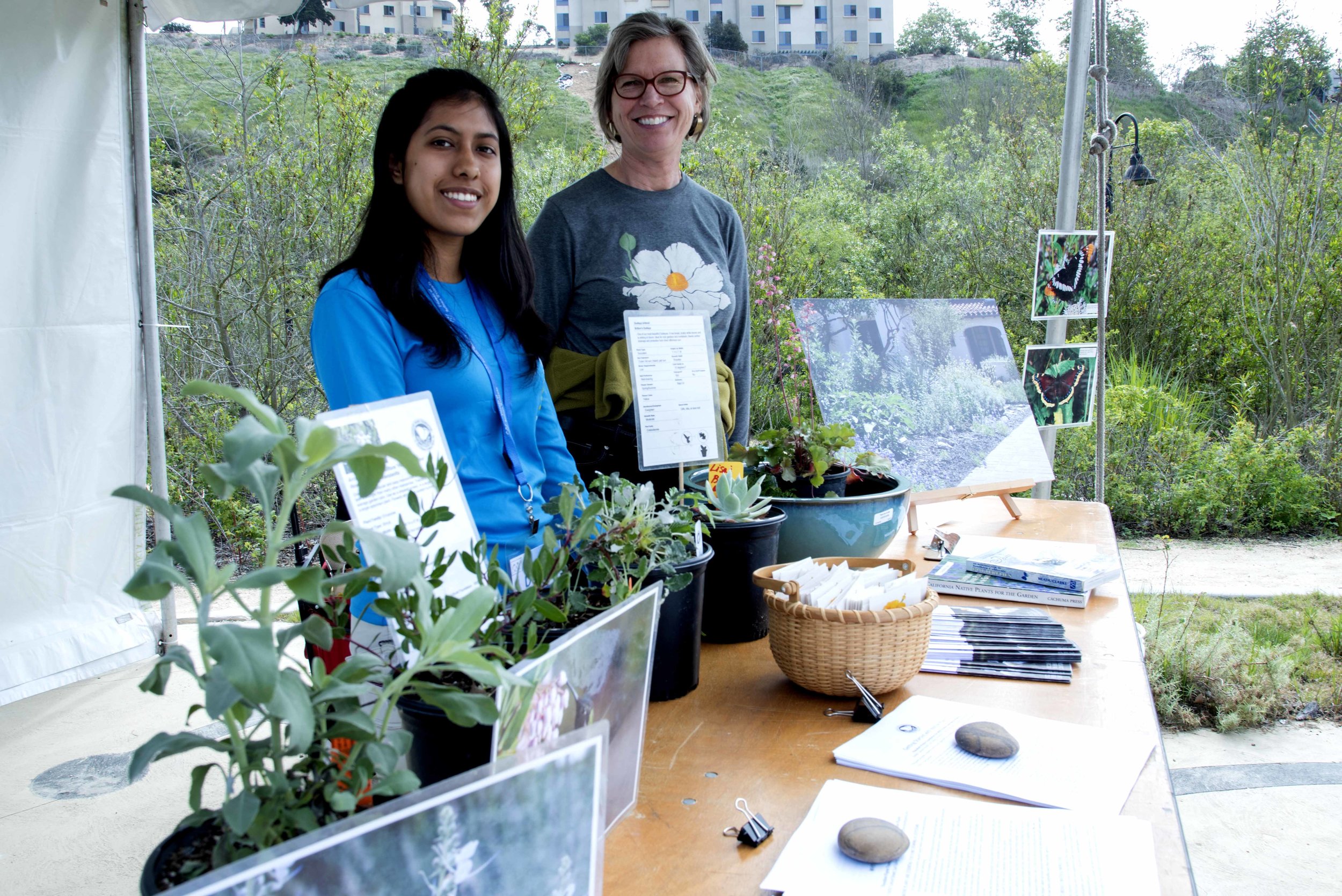SAVE WATER, WILDLIFE, AND OUR PLANET!
Habitat destruction is the number one cause of extinction and species decline. You can help save local wildlife by planting your yard, balcony, and patio with local native plants! The bees, butterflies, and birds will thank you by visiting your home and sharing their beauty with you.
More Reasons to Grow Native
Download our “Why Grow Native?” Poster.
How To Grow Native!
Listed below are resources that will guide you in transforming your yard, patio or balcony into a beautiful, sustainable, native garden and thriving wildlife habitat.
Key Guides:
DIY Native Garden Guide &
Watering and Design Guide!
Planning Your Garden
Assess your space, make a drawing of the available area. You don’t need to do your whole yard at once, you can do one section at a time if that’s more manageable.
Figure out how many hours of sun each area gets, what areas are sloped, and where water runs.
Make your goal to have 70% native plant cover (or more) to maximize benefits to wildlife. This means you can still have a few non-native favorites or a veggie garden! Try to keep them separate so watering is easier. Ideally, you also want 70-80% evergreen plants.
Soil and Drainage
Not sure what kind of soil do you have? Follow these instructions to find out.
Before picking your plants, do a drainage test to learn what type of drainage you have. Dig a hole about 1 foot deep. Fill with water and allow it to drain completely. Immediately refill the hole and measure the depth of the water with a ruler. After 15 minutes, measure the drop in water in inches, and multiply by 4 to calculate how much water drains in an hour.
Less than 1 inch per hour is poor drainage, and plants that don’t tolerate poor drainage will suffer. Look for indicators such as “tolerates clay” on plant descriptions to know which plants will work in poor-draining soils.
One to six inches of drainage per hour is well-draining. Soils that drain faster than six inches per hour are fast-draining.
If your soil is a brick, follow this guide from LA County to repair your soil.
Preparing Your Site
Remove weeds first!
Install your irrigation, if you plan to have drip or some other type of system.
Control for erosion on slopes if needed.
DO NOT fertilize your soil! If you have compact soil you can add gypsum, compost, and/or worm castings, plus lots and lots of mulch to bring the soil back to life!
Designing Your Garden
CA Native Plant Society Garden Planner Tool
Here are some sample layouts from LADWP.
Choosing Your Plants
Find Local Native Plants
Find your Plant Community with Las Pilitas Nursery.
Find local natives by zip code with Calscape.
Try the Nature Restoration Approach with the Calscape Planting Guide.
Friends of Ballona Wetlands Helpful Lists
El Segundo Blue Butterfly Coalition Plant List to create habitat for this endangered butterfly (must be within 1.5 miles of the coast).
Theodore Payne Foundation Guides & Lists
More Plant Guides
Other Lists
Installing Your Garden
Planting in the fall is best, followed by winter, then spring. Summer is a difficult time to establish a native garden and requires more water, so it is not recommended.
Follow the DIY guide instructions for planting and watering your new garden!
How To Videos
Don’t Plant These Invasives
Just because they are sold at a Nursery, doesn’t mean you should plant it in your yard. Read more about invasive weeds here.
Periwinkle, Vinca Major
Cape Ivy, Delairea odorata
Spanish Broom, Spartium junceum
Fountain Grass, Pennisetum setaceum
Pampas Grass, Cortaderia jubata
Tree of Heaven, Ailanthus altisissima
Sweet Fennel, Foeniculum vulgare
Myoporum, Myoporum laetum
Giant Reed, Arundo donax
Poison Hemlock, Conium maculatum
Onionweed, Asphodelus fistulosus
Carnation Spurge, Euphorbia terracina
Perennial Pepperweed, Lepidium latifolium
Tree Tobacco, Nicotiana glauca
Harding Grass, Phalaris aquatica
Castor Bean, Ricinis communis
Umbrella Sadge, Cyperus involucratus
Where to Buy Native Plants:
International Garden Center
155 North Pacific Coast Highway,
El Segundo, CA 90245
*Also has mulch and bird feeders
C & S Nursery
3615 Hauser Blvd.
Los Angeles, CA 90016
*Great prices
Theodore Payne Foundation
10459 Tuxford Street
Sun Valley, CA 91352
*Great signage for beginners & offers classes
Matilija Nursery
8225 Waters Road
Moorpark, CA 93021
*Great prices
California Botanical Garden
1500 N College Avenue
Claremont, CA 91711
*Has special events and classes
Las Pilitas Nursery
3232 Las Pilitas Road
Santa Margarita, CA 93453
*Order online for delivery
Tree of Life Nursery
33201 Ortega Highway
San Juan Capistrano, CA 92675
*Order online for delivery. Minimums apply.
Huhamongna Nursery
4550 Oak Groove Drive,
Pasadena, CA 91103
(Service area near the northwest corner of Hahamongna Watershed Park)
Explore Demonstration Native Gardens at these Locations:
Ballona Discovery Park, Playa Vista
California Botanical Garden, Claremont
Legacy Park, Malibu
Theodore Payne Foundation, Sunland
Tree of Life Nursery, San Juan Capistrano
Santa Barbara Botanical Garden, SB
Stoneview Nature Center, Culver City
UCLA Botanical Garden, West Los Angeles
View sample gardens online from the CA Native Plant Society Garden Ambassadors.
Join Us at Our Next Event:
Grow Native! On the Road!
Host your own Grow Native! Event at your home or community space! Monday - Friday. We bring the plants, pots, soil, and supplies! For more information, please contact Neysa at neysaf@ballonafriends.org.
Learn From Others
LADWP CA-friendly landscape classes (Free).
Theodore Payne Foundation Native Plant classes ($).
LA Biodiversity Guidelines
Earn a LADWP REBATE for replacing your lawn!
Native Gardeners & Designers
Dirt Diva Designs
Duvivier Architects
FormLA Landscaping
Lisa Fimiani, 310-339-2737
It Takes a Garden
Sodder Studio
Terra Design
This list is intended for referrals only and does not imply endorsement. FBW is not responsible for the practices of outside professionals.
